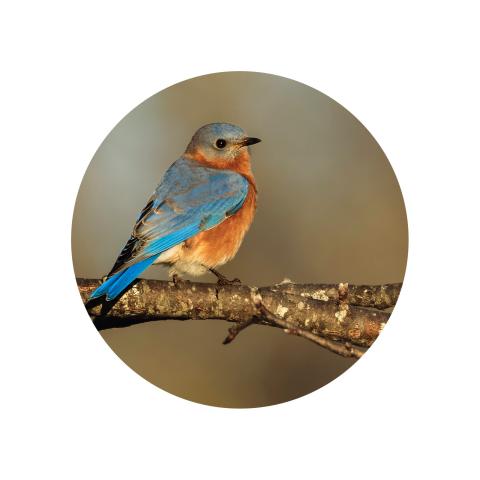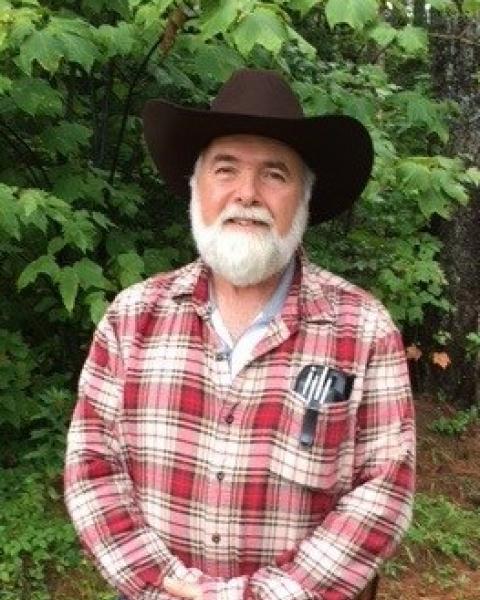Wildfire
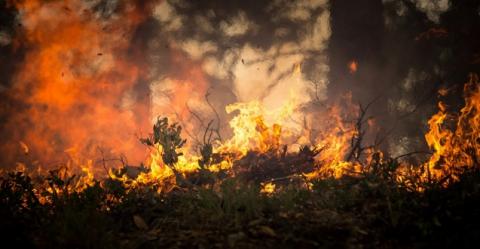
Well, we made it through June, and have hoped that July would offer a little relief from the wet weather. However, so far, that has not completely been the case! So, despite the wet weather and conditions, I want to take the opportunity to talk about fire. We don’t often think about, or hear about, wildland fires here in the northeast. We certainly hear about them in the west, and most recently, in our neighboring Canada.
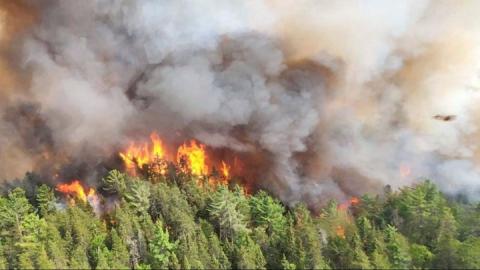
During the last week of May, as a member of the national Council on Forest Engineering and chairman of our New England Region Council on Forest Engineering, I had the opportunity to attend the annual meeting held in Flagstaff, AZ. As you can imagine, most of the forest management discussions in that part of the country revolve around fire, and how to manage for it when it comes. Touring some of the forest areas, and active harvest operations there, one definitely gets a different perspective about fire, how it acts, and some of the practices that can help manage for it.
Even though our weather patterns and vegetative condition is different than that in the west, we still have wildland fires at certain times of the year. It is rare for a fire to get nearly as large and destructive as those in other parts of the country, but historically we have had some very large, destructive fires. 1947 was ‘The Year That Maine Burned.’ In October of that year, there were multiple wildland fires burning across a wide stretch of the eastern portion of the state. By the time the fires were finally extinguished well into November, approximately 200 fires had burned through 250,000 acres of forest and nine towns, destroying some 850 homes and 400 summer cottages, and killing 16 people. So, fire can, and has, happened!
Locally, and more recently, there were a number of fires in Stoddard in April of 2016 that affected nearly 200 acres, and in October of 2017 a brush fire in Woodstock burned about 70 acres. Within the past couple of years there was also a brush fire in Shelburne that burned approximately 48 acres. As you may determine, our biggest exposure for these types and sizes of fire happen in the early spring. Immediately after snowmelt and before the spring rains come, the grasses, leaves, twigs, shrubs, and small trees are very dry. With a few breezy days and low humidity, the conditions become perfect for fires to become established and spread rapidly. These conditions are also prevalent again in September or October, after the leaves have fallen. As recreation in our forested areas continues to grow across the state and region, the possibility of wildfire increases during these optimal times as well.
Fires like that one in Maine, and those in the west, are unlikely to happen here again, and become a little less likely as more of our forests continue to be managed. The fire mentioned above burned largely through a Spruce/Fir forested area. An area composed primarily of evergreens. After the fire, the remaining forest has developed into the Oaks, Birches, and Aspens that we now see within the Acadia National Park. These deciduous trees are less susceptible to fire so minimize the potential for a widespread wildland fire. However, our northern areas, such as those in northern Coos County, that continue to be dominated by our Spruce and Fir, remain as the potential sites for widespread wildfire.
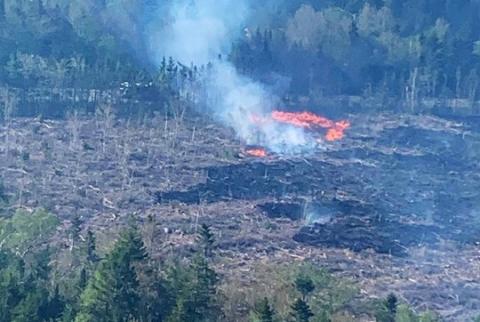
So how can we minimize the potential for fire, whether in the forests of the west, or those here in New England? In addition to conducting active forest management and harvesting operations, thinning, and managing the mature forest while managing the understory growth to keep things healthy and green, there is also a practice called prescribed burning. This specifically manages fuels. We manage fuels to restore and maintain ecosystems. Fire plays a natural and necessary role in many landscapes. Periodic low-intensity fires speed up the process of forest decomposition, create open patches for new plants to grow, improve habitat and food for animals and deliver nutrients to the plants that survive.
Prescribed fire improves wildlife habitat for both game and non-game species, especially when patches of unburned areas are left for nesting and cover. In areas that are adapted to fire, and areas that can tolerate low-intensity fire, it reduces competition from species that cannot tolerate fire, including some invasive plant species. It also encourages the new growth of native vegetation, increases the biodiversity of plant species, minimizes the spread of pest insects and diseases, and recycles nutrients back into the soil.
When conducted on a regular basis, prescribed fires help to reduce the amount of leaf litter, evergreen needles, shrubs, and other fuels in the forest. By reducing the low vegetation and ‘ladder’ fuels, especially in our more fire prone forests, the risk of fire spreading into the crowns of the mature trees is minimized.
Recent studies have shown that the repeated use of fire also reduces the tick population.
Fire Suppression vs. Prescribed Burning

FIRE-SUPPRESSED FOREST Fire in a ponderosa pine forest where fires have been repeatedly suppressed: Overcrowding can make the forest less healthy and resilient. When such a forest burns, the fire can extend into the crowns, killing large swaths of trees. © Erica Sloniker / TNC

FIRE-MAINTAINED FOREST Fire in a ponderosa pine forest using controlled burns with or without mechanical thinning: A fire burns low through the understory, maintaining gaps between some trees that help prevent future large crown fires. © Erica Sloniker / TNC
Fire is a natural process that has occurred over many, many years. There is a build up of fuels so a good burn once in a while is good. As previously mentioned, there are areas in New Hampshire, and New England, that have forest stands that are more prone to fire, even though they don’t happen very often. The goal is still to be prepared and to minimize the risk of a fire. Everyone should still follow safety guidelines when burning, whether at home or while camping.
Have a question about your woods? Contact your Extension County Forester today!
Do you love learning about stuff like this? Subscribe to the NH Woods & Wildlife Newsletter.
A quarterly newsletter providing private woodlot owners in New Hampshire with woodlot management news, pest updates, resources, and more.
